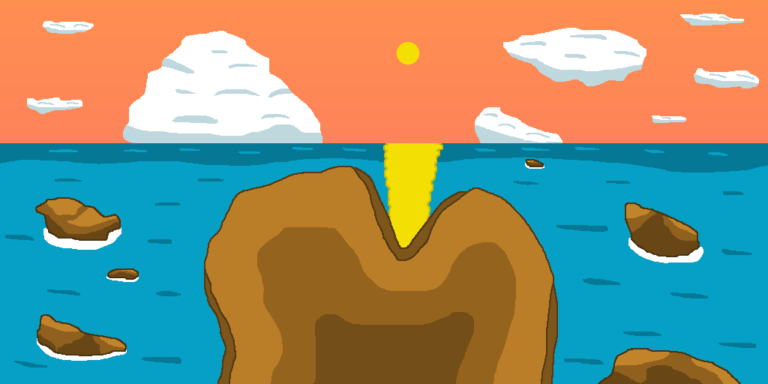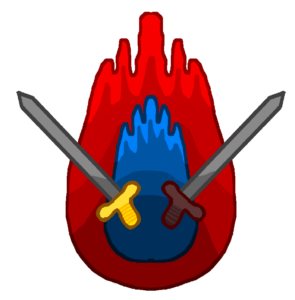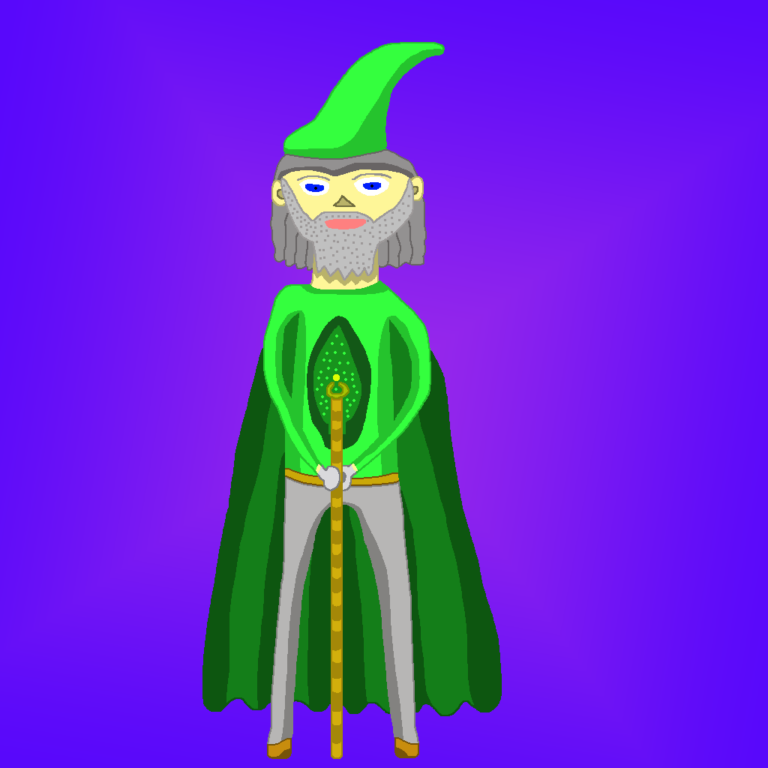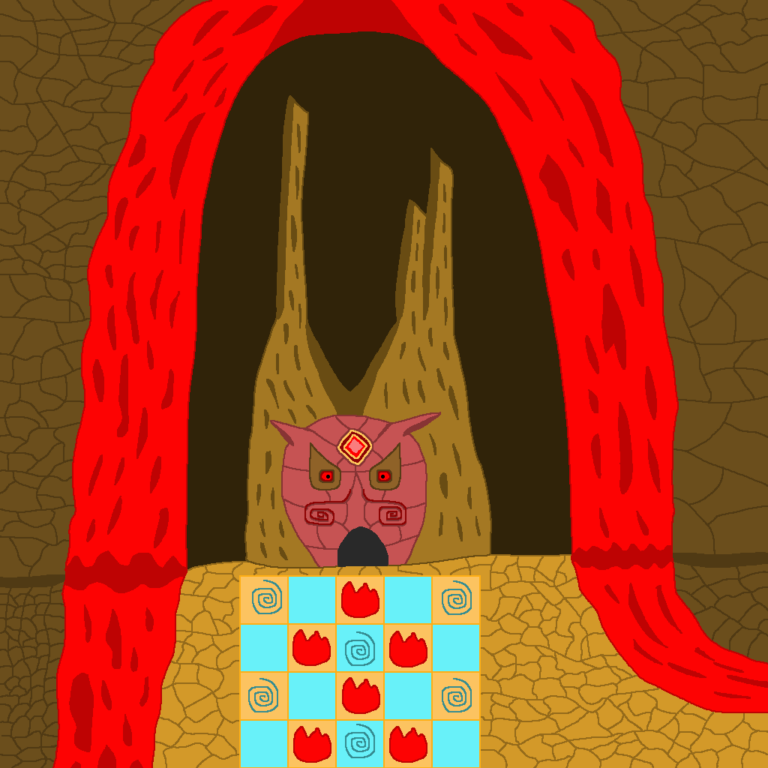Join US
Do you want to build the fantasy world you’ve always dreamed of?
Subscribe to receive notifications when a new post is out and for our monthly newsletter!
You can always unsubscribe anytime.


What do all great fantasy stories have in common? They have incredible worlds, characters you can’t get enough of, villains you love to hate, and so on! They’re all masterfully woven into the plot to keep readers’ attention from the first page all the way to the very last. An excellent story progress is key to creating a timeless tale.
The story progress, or progression, simply states how it changes throughout the novel. It begins right at the brainstorming stage where you come up with plot-line ideas. It’s further fleshed out in the outlining phase.
The plot heavily determines the story progress. It’s never static, constantly changing from scene to scene as new information, ideas, and characters enter the story. As writers, it’s important that you put key scenes in a logical order and in the right sections.
Character arcs are a integral part of the story progression. They experience growth — whether good or not — which in turn affects the progress. You want to sketch out arcs that captivate the audience’s interest and place important markers in their journey where they make sense.
Believe it or not, the pace of the story influences its progression. Stories start off slow and increase or decrease in tempo/intensity across the pages. It’s vital that you match the two to create a tale that moves quickly and pulls back at the right spots. Doing so keeps the audience in suspense as they have no idea what’s about to transpire and also enables them to catch their breath to digest what just happened.
This is the eighteenth article in our writing a fantasy book series. If you want to check out many of our other articles, you can find them on our blog page.
Stories have a number of plots. Some are far-ranging, spanning the entirety of the novel whereas others are more niche, appearing in certain areas. No matter how many plots there are in a novel, they’re all impacted by the story progress. You always want to keep the story moving forward.
Whether it’s major or minor, a plot has a beginning, middle, and end. You want to make each part interesting enough to make your readers want to find out what happens. Be sure to take your time fleshing out each stage, as each one plays an important role in the story progression.
The beginning of the story progression simply sets it up and it’s where you bring characters, themes, and ideas that will be part of it into the plot. The objective here is to establish a plot-line that will affect the story somehow. This occurs in the first half of the novel in the majority of the cases, though there’ll be times where new plot-lines are introduced in the latter half.

The middle explores how characters, themes, and ideas change as a consequence of the decisions characters make. It also introduces new challenges or characters that affect said plot-line. This is where many plot twists occur and can also serve as key turning points in the overall story. Typically this occurs in the middle of the book though it can also happen later on in the tale.
The ending of the story progression is where the plot reaches its resolution. Characters confront other characters or face their inner fears. They also conquer the new challenges. They emerge stronger, having achieved some kind of growth and thus the plot comes to a close. In some cases, the ending of a plot-line can serve as a beginning of a new one, one in which the character(s) confront a new obstacle or challenge stronger than the one they faced. The resolution phase can occur as early as the first part of the middle of the novel where characters triumph over the challenges featured in the first half of the tale. It can go all the way to the final chapters where the protagonist and the villain duke it out in the climatic showdown.
You want to be thoughtful and create plot-lines that catch your readers’ interest and hold them all the way to their resolution. Adding tension in the plot makes it easier for them to want to see what happens, for they have no idea how it’ll end. You always want to keep them guessing!
A cornerstone of the story progression is how characters change from the beginning to the end. They change by confronting obstacles and overcoming new challenges, emerging stronger on the other side. They largely reflect how people in the real world evolve through their lifetime.
When a character undergoes a transformation, you want it to occur naturally, not make it feel forced or shoehorned in just for the sake of the story. Called the character’s personal growth, it takes place at a key point in the plot and enables him to face even more formidable obstacles later on.
The obstacles or challenges a character may face occur at critical junctures in the story. They may be physical where he has to travel through a harrowing environment like a mine or ruins with traps all over. Other types of challenges would be other characters like the villain or some of his henchmen or those he must confront to uncover the truth about something that’s long weighed on his mind.

These challenges/obstacles are all external but they pale in comparison to the ones inside him. The internal ones are where he’s plagued with things like self-doubt or a lack of confidence in himself and his abilities. These inner demons can drive him to make foolish decisions and he’ll pay the price for them until he musters the strength to confront them. Only by discovering the strength in himself can he face his demons and fears and overcome them.
Characters achieve personal growth in a number of ways. Some grow and become better people or wiser, having learned from their mistakes. They can become more considerate of other people’s feelings or be more likely to help people in their time of need. Others learn new powers that make it easier for them to defeat large groups of enemies faster. There’s no shortage of ways for them to grow!
When a character grows, his goals or the tactics he uses to attain them may change to reflect his newfound growth. This is particularly crucial, given that he may have received new information that forced him to look back at how he dealt with situations. Thus he can apply his new outlook at things to deal with them differently, leading to a different and more favorable outcome.
A key component of the story progression is how it has the right pace throughout the book. Nothing feels too rushed nor does it feel like it’s too slow in certain spots. The pace is fast when it should be and slow in the right spots.
Storylines don’t go in a straight line from point A to point B. Instead, they meander like rivers, flowing faster in specific spots and slower in others. They come into collision with obstacles like new characters or ideas that shift them in unexpected directions.
You want to use the right pace with important points in the story. When introducing a new plot-line, it starts off slow. The reason for that is to give readers time to absorb it as they’re introduced to whatever ideas or concepts it brings into the story and the characters who will be part of said storyline. Shortly after it’s introduced and a bit of time has passed since, the pace and tempo begins to pick up.

The pace of a particular plot ebbs and flows in-between important points. Sometimes it takes a backseat to others that have a higher priority or those that need to be resolved first. Resolving all your storylines at different times reduces the likelihood of your readers losing interest since there’s still something for them to look forward to. Juggling multiple plot-lines is a delicate balance but absolutely vital to creating a great story.
Key scenes have a higher intensity and can move either quickly or slowly, depending on on what kind they are. When approaching them, the pace picks up, signaling to readers that they’re approaching a critical juncture in the story and that they ought to pay extra attention to what’s about to transpire. In the aftermath, the pace dramatically slows down, giving readers some breathing room to let them digest what just happened.
When approaching the resolution phase of the story progression, the pace amps up much like when coming to critical junctures. Where it differs is that readers know the storyline is about to end though they might not necessarily know how it’ll end. The intensity rises with the pace, creating an environment tinged with tension and uncertainty which makes for a scintillating resolution, a hallmark of riveting storytelling!
When creating a story, it’s vital to take into consideration how it’ll progress from its inception to how it ends. The objective is to make a story that contains twists and turns and keeps readers engaged all the way throughout the book. Doing so requires great work and a steadfast dedication to seeing it all the way through.
One essential component of a great story progression is the plot. It’s dynamic, meaning that it changes at key points in the book and each change puts it in a new direction, leading to unexpected outcomes. A plot-line has three phases: the beginning, middle, and the end. You want to structure it in a way that grabs readers’ attention and keeps them.
Moving onto characters, you want to show how they change as the story moves forward. They need obstacles and challenges for them to overcome and for your readers to root for them as they struggle to prevail over them. They grow in different ways, essentially becoming better versions of themselves, becoming better prepared for the final showdown.
And lastly, don’t forget to match the pace with the story progression. Whenever a storyline moves slow, the pace ought to do the same and the same holds true for when it moves fast. At key scenes, the pace will be higher and more intense, conveying to readers that they need to pay close attention to what’s happening.
To create a tale that transcends time, you need to have a story progression that keeps readers invested and one that makes them want to come back to over and over again. Roll up your sleeves and get to work on constructing a captivating story progress!
Let me know what you think in the comments below. (Note: this is an account-exclusive feature).
If you don’t have one, you can register here. It only takes a few moments of your time!
Liked this article and want to subscribe? All you have to do is fill out the form below and that’s it!
Thanks for reading this and until the next time,
Sunfire
Subscribing means you receive:
You can always unsubscribe anytime.
Do you want to build the fantasy world you’ve always dreamed of?
Subscribe to receive notifications when a new post is out and for our monthly newsletter!
You can always unsubscribe anytime.